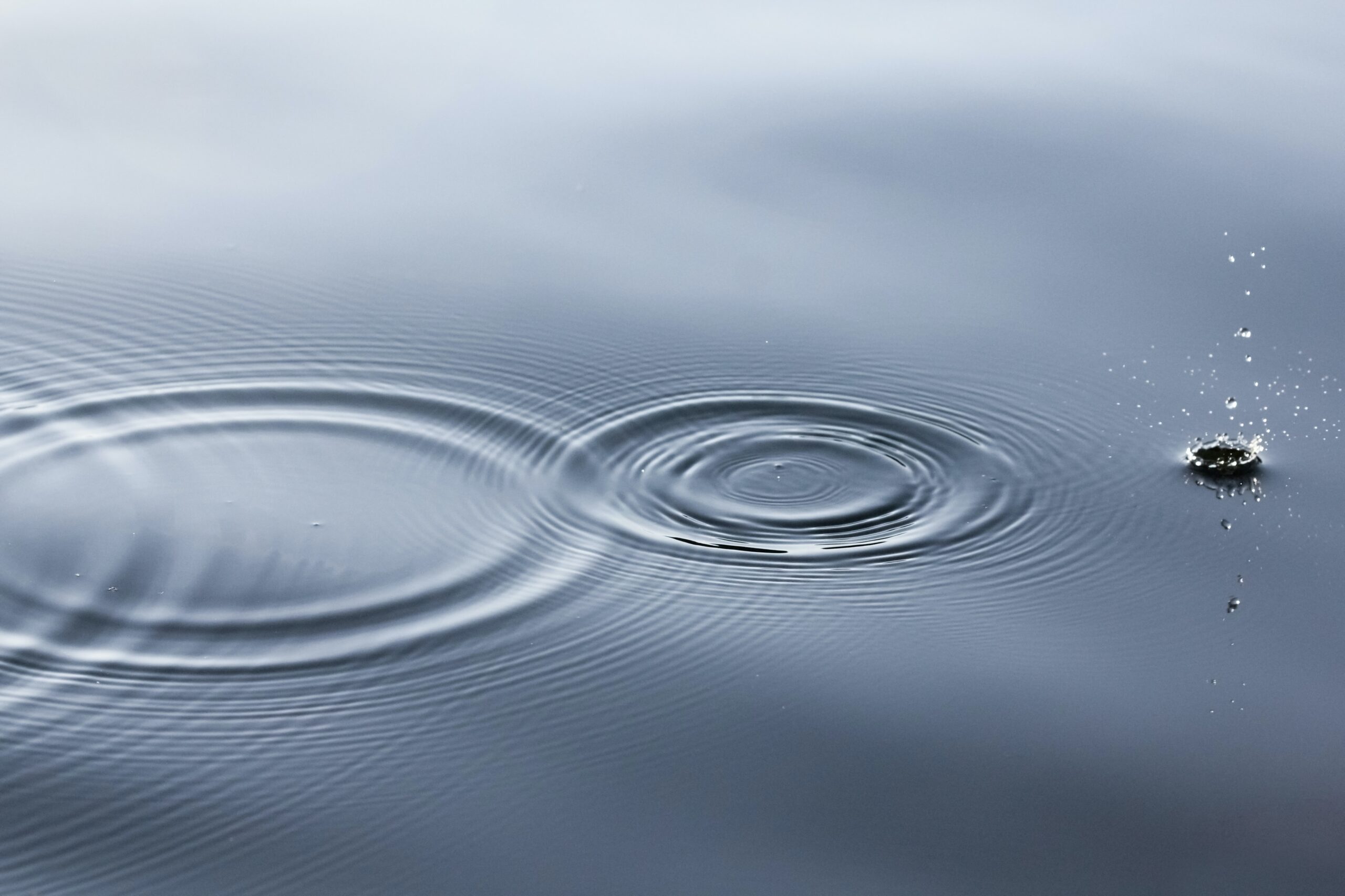Movement Connections WITH Megan Quinn

Trauma-informed Pilates: the why & the how
I have had the pleasure of being a pilates teacher here in philly for over ten years. During that time, I have used my training in dance, creative process, depth psychology, somatics and transformative leadership to connect with students and clients. I ask them how the movement feels and what kind of meaning making comes of it.
One of the things I hear most often is the realization that exercise, and maintenance of healthy tissues, doesn’t have to be a punishing or shaming experience. It can be a time to slow down, to feel into what’s present, and to practice moving towards how you want to feel. It can be full of play and wonder and nourishment, when done in a relational trauma-informed whole person way.
Why trauma-informed pilates?
Your body is not a machine, your body is poetry. Humans have been dancing longer than they have been languaging. Movement is a birthright not of punishment but of connection.
Trauma is defined as a survival response that is overwhelmed and unable to complete. The incomplete-ness and the too-much-ness is stored in our bodies, as protective responses, story, and movement habit. This means movement practices can be both a key to the ongoing process of healing and a vulnerable site of potential trigger or re-traumatizing. Often both.
This is my framework for a trauma-informed pilates training. I first created this list to help keep myself paying attention to the values of embodiment, empowerment, and connection, and to track my approach and my clients’ progress over time. I’ve started sharing them as a way to refresh goals and co-create exciting personal plans based on client needs.
What resonates with you?
- Investment and enthusiasm for paying attention to bodily states and movement experiences. (i.e. “Moving, and thinking about movement matters to me. I’m interested in how my thoughts affect my movements.”)
- Capacity to feel and articulate awareness of bodily sensation (i.e. “I can feel the numbness in my foot, a brightness in my heart, and a tightness in my neck”)
- Ability to follow awareness of anatomy while in movement (i.e. “I can feel the way my leg bone rolls in the socket as I lift and lower it”)
- Access to agency and options inside of meaningful movement habits (i.e. “if I lift my arm this way it hurts, but if I move this other way it feels free and strong”)
- Repeated practice of movement skills defined by client as important to daily life. (i.e. working towards standing up from the floor, working on leaning down to pick something up, etc)
- Ongoing access to desired experience of embodiment (i.e. “I feel strong most days” or “I feel connected most of the day”)
To learn more about working with me click here.
In the meantime, let this be a magic spell that invites you in to more connection with yourself and your aliveness. Let it be so!
January 15, 2024
Thank you for subscribing!
Follow me for more thoughts :) @mq_moveconnect